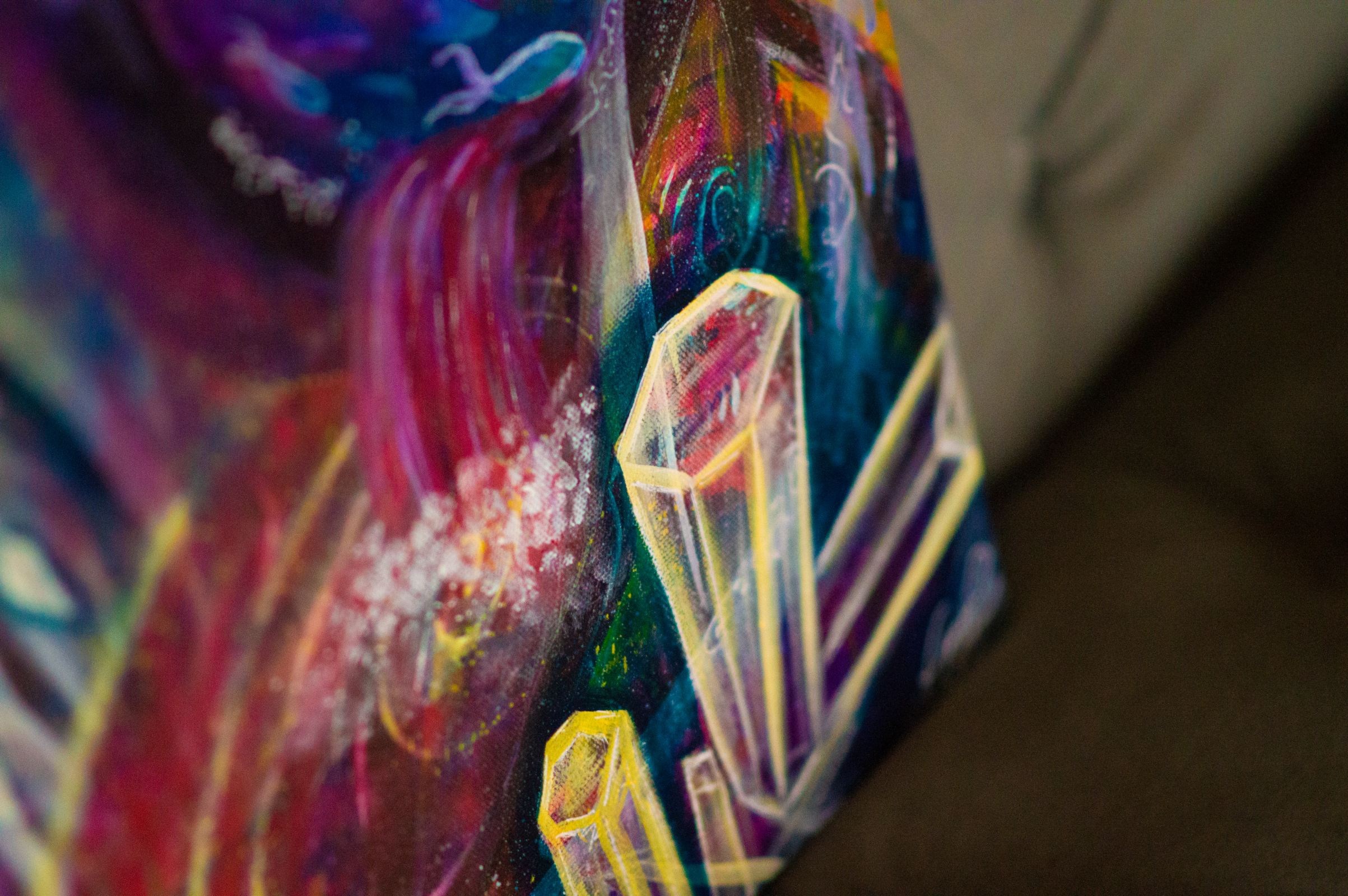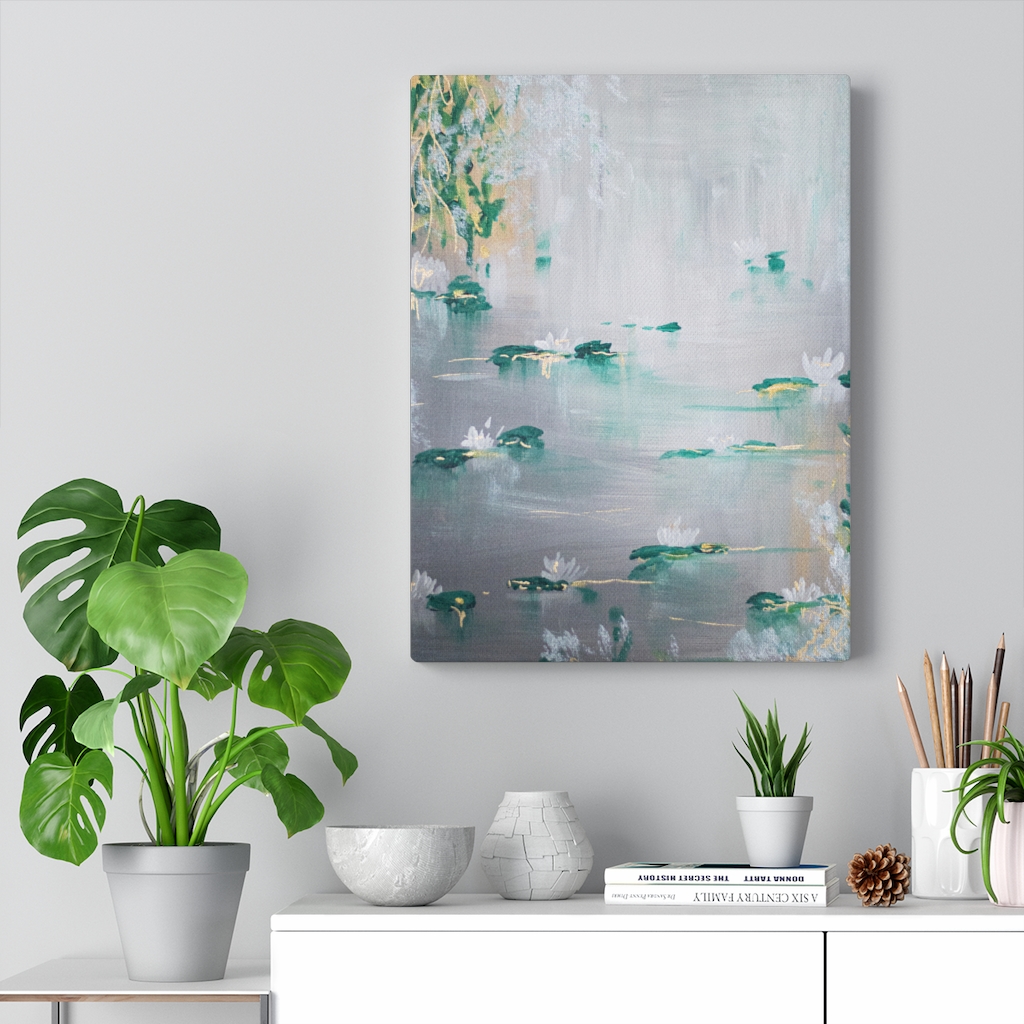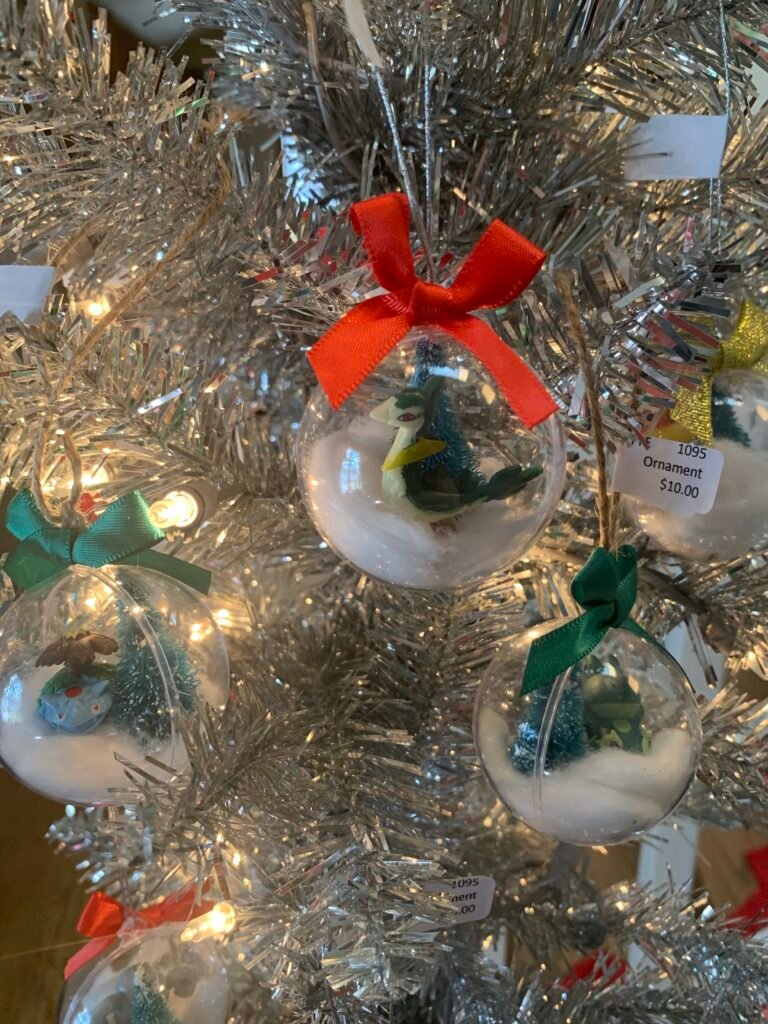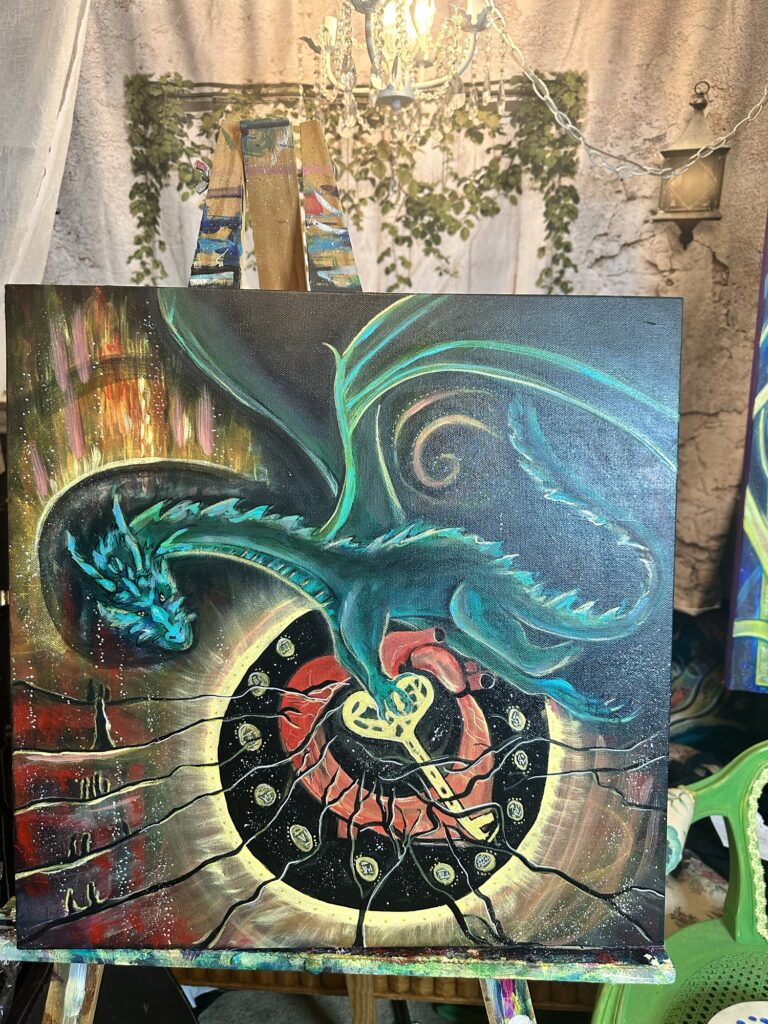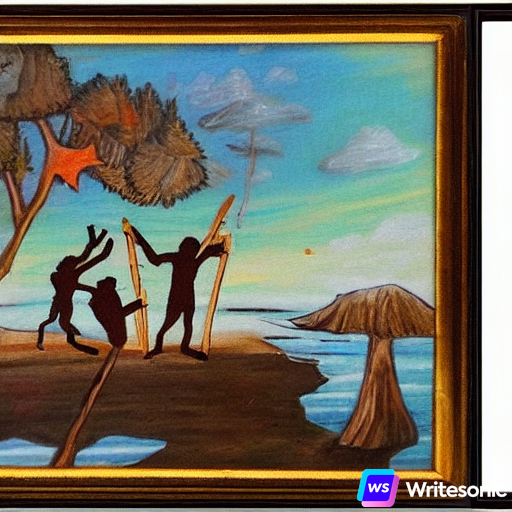Unlock Your Creative Potential: A Guide to Painting Intuitively
Are you curious about unlocking your creative potential and exploring painting intuitively? With this guide, you can learn and practice techniques to explore color, composition, and mediums to create artwork in a way that is unique and meaningful to you.
Painting intuitively is an approach to creating art that begins with a simple idea, and then allows it to grow and evolve organically. (Much like these paintings that painted themselves) Instead of starting with a preconceived plan, you allow the painting to be created as you go by your imagination. As you work, you will discover hidden patterns, unexpected colors, and a rhythm that will bring your artwork to life.
Through this guide, you will be able to explore and create art without any pressure or expectations, and develop a deeper connection with your creativity and true style.
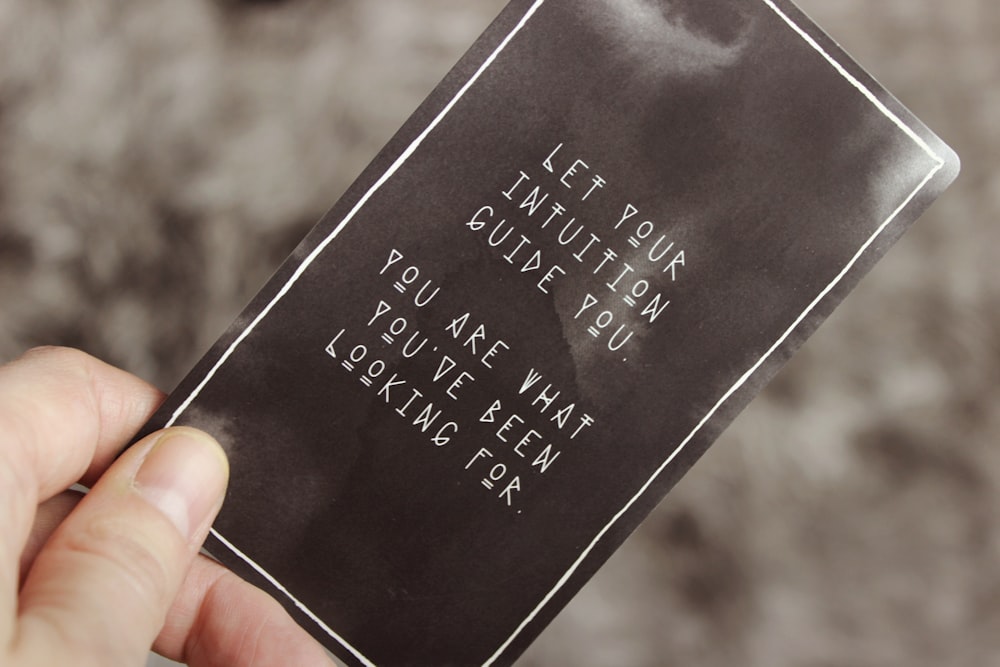
How to paint intuitively by Exploring Color and Mediums
When creating an intuitive painting, you can use any medium or combination of materials that you like. There is no “right” or “wrong” choice for materials, and part of the fun is discovering which combinations work best for you.
Here are a few ideas for color and medium combinations to get you started with the intuitive process.
Watercolor Paints & Acrylic Paints
Watercolor & acrylic paints are both transparent and flexible mediums, which makes them ideal for experimentation with color and texture. They are easy to apply with a brush or a paint-loaded brush, and they create beautiful and unique effects when layered.
Oil paints
Oil paints are rich and colorful, but they differ in how they are applied and how they dry. Oil dries slowly, which allows for a lot of experimentation with color and texture. It can be layered and blended with turpentine or paint thinner, which makes it an ideal choice for creating rich, vibrant paintings.
Fluid Art
Painting with fluid art (paint pouring) is a fun way to get exciting forms, swirls and patterns. Here is a great guide to get started.

Creating an Intuitive Painting
When you start painting intuitively, it’s a great idea to start with a simple composition. For a good place to begin, you can use the color wheel. To begin, choose two or three colors that inspire you. The color wheel is a helpful guide to explore color combinations, and it can be a source of inspiration when creating a new painting. You can also use a paint chip to select a favorite color combination. Here are a few tips for creating a composition using the color wheel.
Start with two or three colors
There’s no rule for how many colors you need to begin with, but two or three is a good place to start. You can always add more colors later if you want to explore a different combination.
Create harmony
The color wheel has a simple harmony rule. Any two adjacent colors create a harmony. The opposite color on the wheel creates a contrast. For example, yellow and blue are harmonious because they are adjacent to each other on the wheel. Red and yellow are also harmonious because they are adjacent, but blue and yellow create a contrasting color scheme.
Consider shape and value
The color wheel also has a shape rule, which explores the visual relationships between different shapes on the wheel. For example, red and orange are warm, while blue and purple are cool. This can be helpful when you’re creating a harmony between warm and cool colors, such as red and blue, orange and purple, and yellow and purple. For value, lighter and darker variations of each color are often found on either side of the wheel. A good way to explore value is to place warm and cool colors next to each other, such as yellow and blue.
Developing Your Imagination
Before you begin painting, take a few moments to visualize the painting. Here are some rituals you can try. Start with a simple idea, such as painting a scene from nature or a geometric shape, and then let your imagination flow. As you paint, you can imagine the painting evolving in a direction that surprises you. In order to paint intuitively, you must be willing to allow your imagination to take charge.
Here are a few tips for developing your imagination.
Visualize the painting
Before you begin painting, spend a few moments visualizing the painting. Start with a simple idea, such as painting a scene from nature or a geometric shape, and then let your imagination flow.
Relax and clear your mind
When you’re ready to begin, try to relax and clear your mind. Let go of any expectations, and open yourself up to new ideas and ways of creating that are unique to you.
Explore different techniques
As you begin to paint, explore different techniques and materials to find what works best for you. Let your creativity flow, and don’t be afraid to make mistakes.
Tips for Connecting to Your Art
As you paint, there are a few ways to stay connected to your artwork while letting your imagination take charge. Here are a few ideas to try.
Try free painting
This is an approach to painting that is similar to Zendo, a meditative practice that is intended to cultivate awareness and acceptance in everyday life.
Doodle
Doodle whatever comes to mind, and don’t worry about it being “good” or making sense. – Focus on the present – Be present in the moment and fully engaged in the process of creating your artwork. Let go of any expectations, and let the painting evolve naturally.
Try an intuitive painting class
We have lots of free and paid painting videos on our class page.
Working with a Theme
Some artists prefer to work with a theme when creating an intuitive painting. A theme is a central idea or topic that is explored throughout the painting. It can be a word, phrase, or image that is meaningful to you, or it can be something you’re exploring in your daily life. The theme can be used to guide your exploration of color, texture, and composition, and it can be a source of inspiration when you feel stuck.
You could also try sitting with a feeling and let emotions guide you in your art.
Here are a few ideas to help you get started with a theme.
Pick an image
Start with an image that is meaningful to you, such as a flower or animal, or a phrase that resonates with you. Explore the different ways you can incorporate the image into your painting.
Explore a theme from your life
Explore a theme from your life that is significant to you, such as a hobby or a past experience. This can be helpful when you’re feeling stuck or don’t know where to begin.
Combine themes
You can also combine themes to create an original and meaningful painting.
Final Thoughts on Painting Intuitively
Unlocking your creative potential and painting intuitively is a journey, and it can take time to find your feet and develop a deeper connection with your creativity. Keep in mind that there is no right or wrong approach to painting, and you don’t need to be perfect or have a specific goal in mind. Instead of viewing it as a chore, try to approach it as a way to relax, unwind, and connect with yourself and the world around you. If you’re new to painting and want to try your hand at creating an intuitive painting, there’s no rush. The most important thing is that you enjoy the process, and that you find a way to connect with your creativity on a deeper level.
Be sure to follow and subscribe for more art inspiration!


